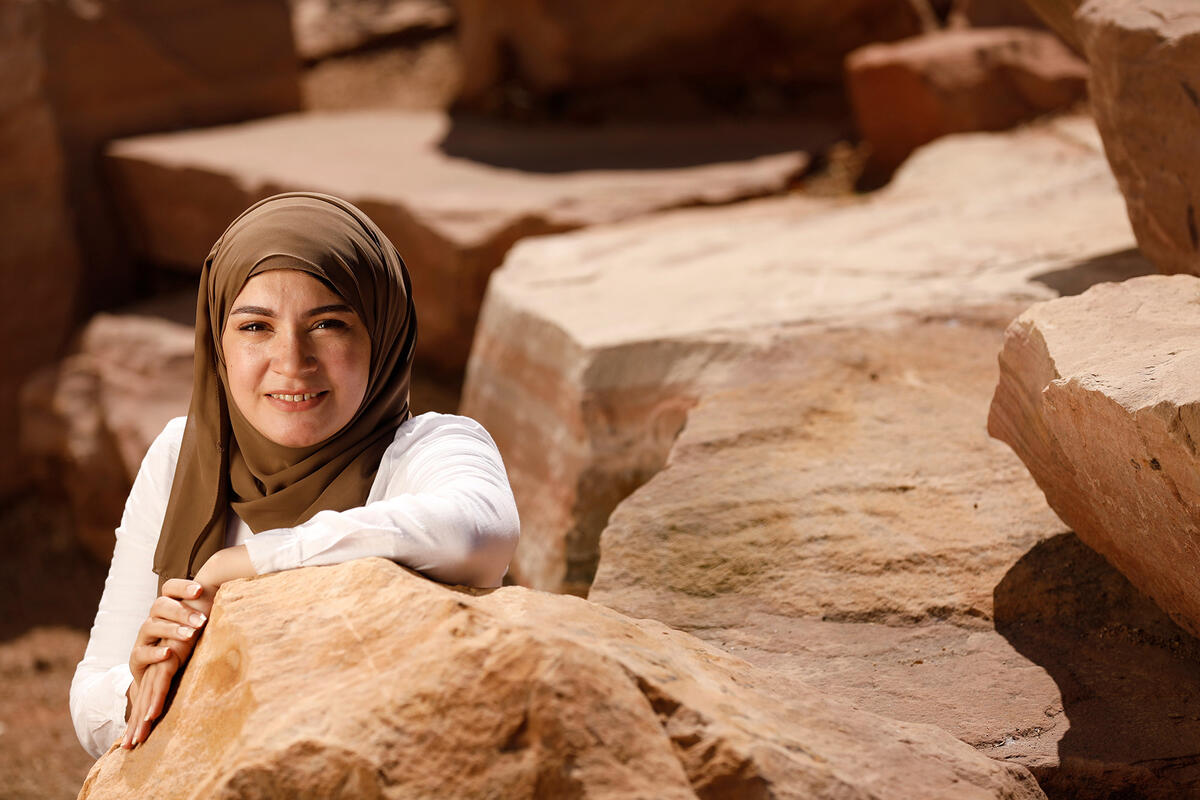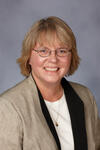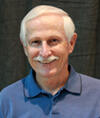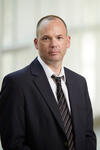
Department of Geoscience News
Geoscience is an all-encompassing term used to refer to the earth sciences. The Department of Geosciences offers programs at the undergraduate and graduate levels where students can learn about topics such as earth processes; the origin and evolution of our planet; the chemical and physical properties of minerals, rocks, and fluids; the structure of our mobile crust; the history of life; and the human adaptation to earthquakes, volcanoes, landslides, and floods.
Current Geoscience News

The top news stories starring university students and staff.

Research published in PNAS confirms fossilized marine invertebrates serve as a powerful tool for understanding long-term ecological change and informing modern conservation efforts.

The top headlines featuring UNLV’s staff and students.

UNLV geochemist Libby Hausrath – a member of NASA's Mars Sample Return Team – and colleagues share stunning new research in the latest issue of the journal Science.

UNLV geoscientist Arya Udry shares what motivates her in studying space, her work on the Mars Perseverance mission, and the world of knowledge a meteorite can bring.

The students and faculty of UNLV are springing into headlines around the country.
Geoscience In The News
Humans are some of the greatest builders on the planet, but we’re not the only ones. Beneath the ocean, some unlikely creatures build breathtakingly intricate structures with a variety of clever techniques and materials. Underwater homes serve many purposes: they shelter offspring, offer refuge from predators, and in some cases, support entire ecosystems. Some of these creatures even open their homes to other species. And some can even be kept in a home aquarium, where you can watch them build their homes.

What if Howard Hughes, Hoover Dam, or the family-friendly era had never arrived to change Sin City? It’s time to go into the Vegas multiverse.

What if Howard Hughes, Hoover Dam, or the family-friendly era had never arrived to change Sin City? It’s time to go into the Vegas multiverse.
For years, scientists have asked whether fossils record how ocean ecosystems actually worked, not just which species were there. A new study answers that question with a careful field test along the North Carolina coast.

Lake Mead is projected to reach some of its lowest water levels ever recorded by 2027, raising concerns about the future of the vital water source. Tourists and locals alike are witnessing the stark changes in the lake's water levels, with the lake currently running 7 feet lower than it was in 2023 and 2024.

With gold hitting an all-time high, it begs the question, is Nevada really the gold state? The price for gold, which is set on a global market, closed at $3,383 per ounce on Friday, a good sign for Nevada. In fact, if Nevada was a country, it would be the fifth largest gold producer in the world, behind China, Russia, Australia and Canada.
Geoscience Experts





